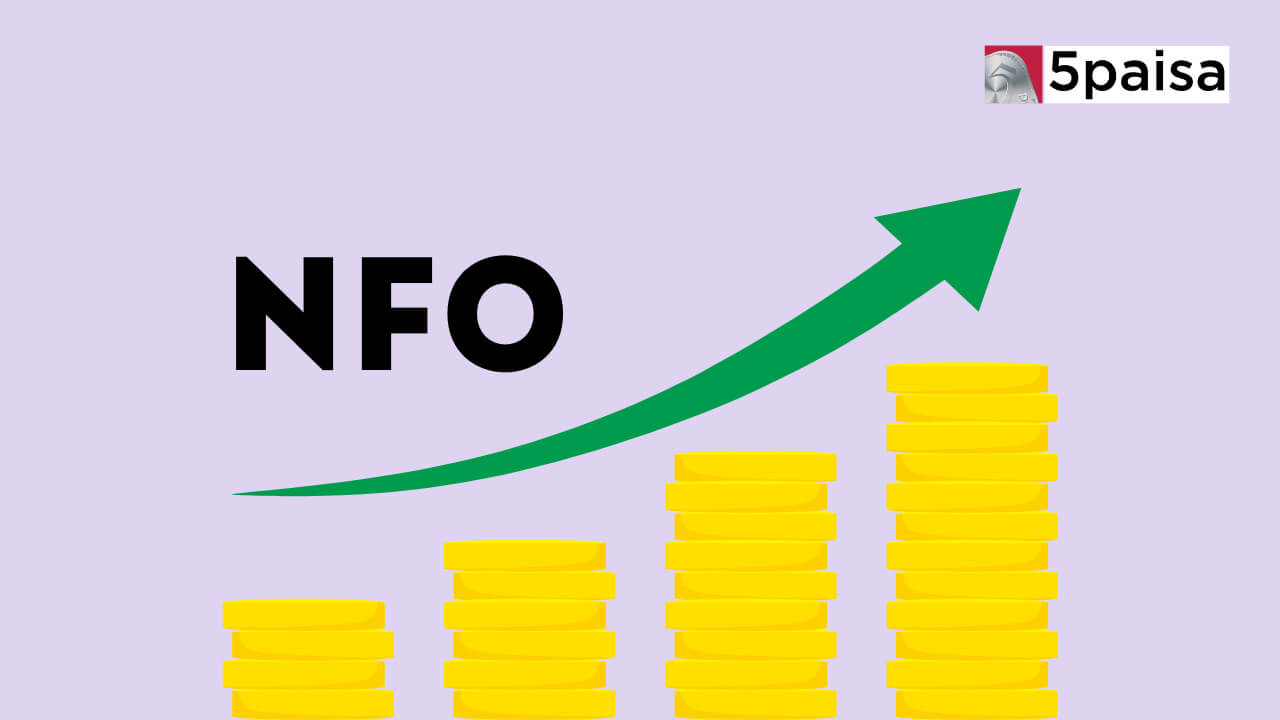What is Exit Load in Mutual Funds?

Last Updated: 11th April 2023 - 01:42 pm
What is Exit Load in Mutual Funds?
Simplicity is the key to financial well-being. Whether it is investment products or financial decisions, life can be easy and uncomplicated if things are kept simple and easy to understand. This article is an attempt to make your financial decisions easy for mutual funds. A mutual fund is a collective pool of money of multiple investors, invested in different financial products. Mutual fund companies collect a fee from investors for joining or exiting a fund. The fee charged is known as a load. Exit load is the fee levied by the company at the time an investor leaves a scheme or investment fund. Open-ended funds allow the investor the option to exit the investment as per his choice.
Why Is This Exit Load Payable by The Investor?
Free things are always taken for granted so is the case of investments. Hence, mutual fund companies charge a commission from the investors for their exit from the mutual fund investment when they fail to honour the specified number of months that they agreed on at the time of investment. To discourage investors from taking such a decision, an exit load is determined. The sole purpose of such a fee applicable at the time of exit is to reduce the number of withdrawals from the schemes of mutual funds. Exit load fee differs from one fund house to another.
The exit load is a percentage applied to the NAV (net asset value), and the reduction in the amount is credited back to the investor. For example, a mutual fund defines its exit load to be 1% on redemption within a year. If an investor invested his money at the beginning of the year on 10th January and decides to redeem it on April 10th, when the fund’s NAV is at around Rs 25. Since April 10 is much before the agreed period of redemption, the investor will attract an exit load for failing to honour his commitment. The amount returned to the investor post the exit load will be 24.75. The exit load amounts to Rs 0.25 (1% of Rs 25), which is deducted and credited back into the investor’s account.
On completion of the agreed term, say the investor would want to redeem the load on 10th January the next year, then he is not entitled to pay any exit load on the same. It is to be noted that switching out of a fund from one to another is also qualified as a redemption. However, units that are under dividend reinvestment do not suffer exit loads.
How Is Exit Load Calculated?
Every instalment of the Systematic Investment Plan is calculated for exit load. If the lock-in period for the SIP instalment is agreed upon as 12 months then the load will be applied within the same time frame. The same rule of exit load is applicable when an investor makes multiple investments of varied sums at different points in the fund.
Every fund defines its own exit load and therefore investors are expected to read the terms and conditions carefully before investing in the mutual fund. Ideally, in most cases, the exit load is usually in the range of 0.25 to up to 3%. The rate and the lock-in period differ too. For example, the rate for redemption for 120 days can be different from rate applicable for redemption post six months.
For short-term funds the exit loads are for a short duration of 60 or 120 days, exit load might not be charged for ultra short-term funds. Long-term debt funds however follow the standard rule and have an exit load for around one year.
Exit Loads on Different Types of Mutual Funds
Equity Funds: Equity mutual funds invest primarily in stocks and equity-related instruments. Equity funds generally have a higher risk and reward potential, but also higher volatility. Exit loads for equity funds can range from 1% to 2% if the units are redeemed within a certain period, typically one year.
Debt Funds: Debt mutual funds invest in fixed-income securities such as bonds and government securities. They offer a lower risk and lower return potential compared to equity funds. Exit loads for debt funds tend to be lower than those for equity funds and can range from 0.25% to 1% if the units are redeemed before the specified period.
Hybrid Funds: Hybrid mutual funds invest in a mix of equity and debt securities, providing a balanced risk-reward proposition to investors. Exit loads for hybrid funds can vary depending on the asset allocation, with equity-heavy funds having higher exit loads than debt-heavy funds.
Index Funds: Index mutual funds track a specific market index and invest in the same securities that make up that index. They tend to have lower expense ratios than actively managed funds. Exit loads for index funds tend to be low, typically around 0.25% to 0.5%, and sometimes even no exit load is charged.
Fund of Funds (FoFs): FoFs invest in other mutual funds, providing investors with diversified exposure to multiple asset classes and strategies. Exit loads for FoFs can vary depending on the underlying mutual funds, and some FoFs may have a two-tiered exit load structure, with a higher load for selling units before the specified period and a lower load thereafter.
Merger of Schemes
In case of a merger of two funds for whatsoever reason, exit load will not be applicable in such a case. In such instances, investors are provided with the option of opting out from the fund and retrieving their amount in a specific time window. Failure to opt-out within the time window attracts an exit load.
Conclusion
In conclusion, exit loads are an important factor to consider when investing in mutual funds. While they may seem like an additional cost or hindrance to withdrawing your funds, they serve a crucial purpose in protecting the interests of long-term investors and preventing short-term market volatility from negatively impacting fund performance. It is important for investors to carefully consider the exit load structure of a mutual fund before making any investment decisions, and to ensure that they have a clear understanding of the potential costs involved in exiting the fund. By doing so, investors can make informed decisions that align with their financial goals and objectives, and ultimately maximize their returns in the long run.
Frequently Asked Questions (FAQs)
Q1. Will I have to pay mutual fund exit load, even if I am selling at a loss?
Yes, you may have to pay a mutual fund exit load even if you are selling at a loss. An exit load is a fee charged by mutual funds when an investor sells their units before a certain period, known as the exit load period. This fee is usually a percentage of the value of the units being sold and is deducted from the redemption proceeds.
Q2. What is the exit load if I am switching from one scheme to another in the same AMC?
The exit load for switching from one scheme to another in the same AMC can vary depending on the mutual fund and the scheme you are switching from and to. In general, some mutual funds do not charge any exit load when an investor switches from one scheme to another within the same AMC. However, some mutual funds may charge a nominal exit load, typically lower than the exit load charged for normal redemptions.
Q3. Will I have to pay the mutual fund exit load if I opt for STP option?
The exit load for a mutual fund investment depends on the terms and conditions of the specific mutual fund scheme that you have invested in. In most cases, mutual funds do not charge exit loads on the amount that is being transferred from one scheme to another through an STP. However, some mutual fund schemes may have different exit load rules for STP transactions.
Q4. Will I have to pay an exit load if I opt for SWP option?
The exit load for a mutual fund investment depends on the terms and conditions of the specific mutual fund scheme that you have invested in. In most cases, mutual funds do not charge exit loads on the amount that is being withdrawn through an SWP. However, some mutual fund schemes may have different exit load rules for SWP transactions.
Q5. Is exit load deducted from capital gains for tax purposes?
Exit load is a fee that is charged by mutual funds when an investor sells or redeems their units before a certain period. Exit loads are deducted from the redemption proceeds and are not included in the cost of acquisition of the mutual fund units. For tax purposes, capital gains are calculated as the difference between the sale price and the cost of acquisition of the mutual fund units. Since the exit load is not included in the cost of acquisition, it cannot be deducted from the capital gains for tax purposes.
- 0% Commission*
- Upcoming NFOs
- 4000+ Schemes
- Start SIP with Ease
Trending on 5paisa
Mutual Funds and ETFs Related Articles
Disclaimer: Investment in securities market are subject to market risks, read all the related documents carefully before investing. For detailed disclaimer please Click here.
 5paisa Research Team
5paisa Research Team
 Sachin Gupta
Sachin Gupta




